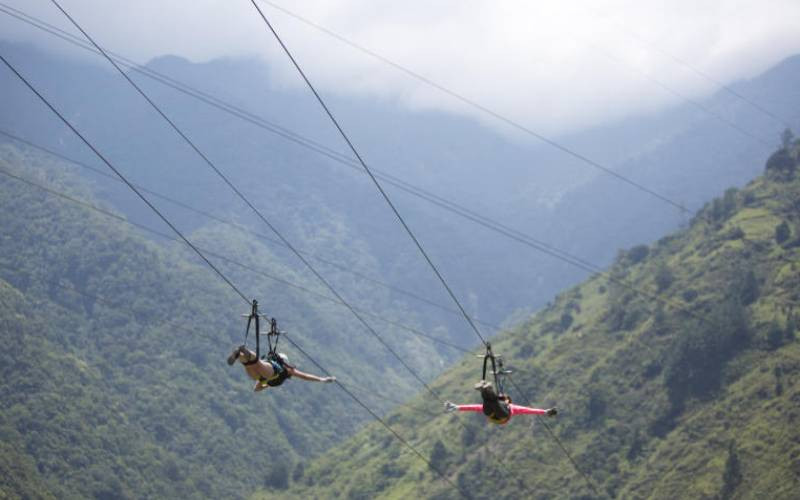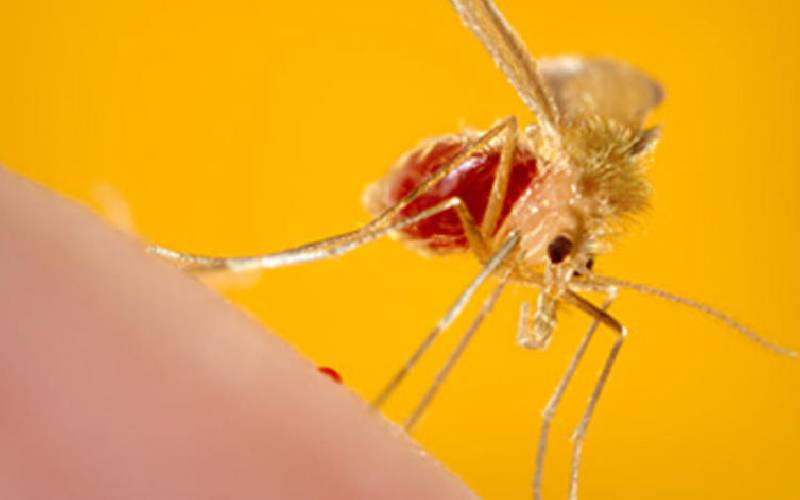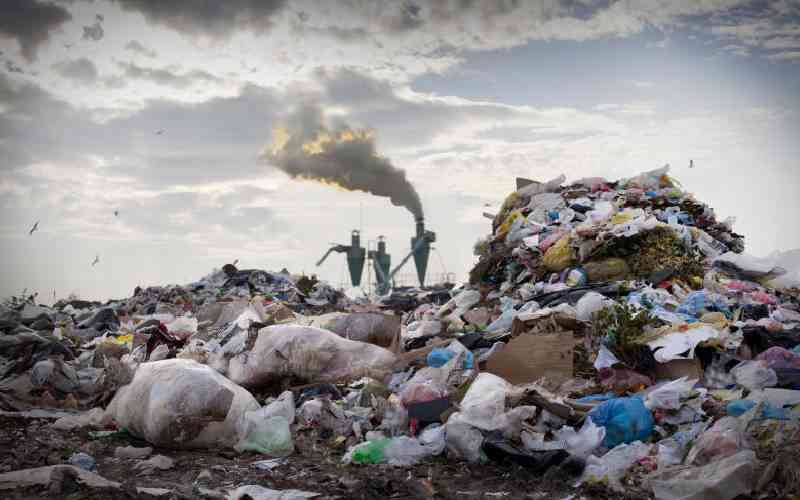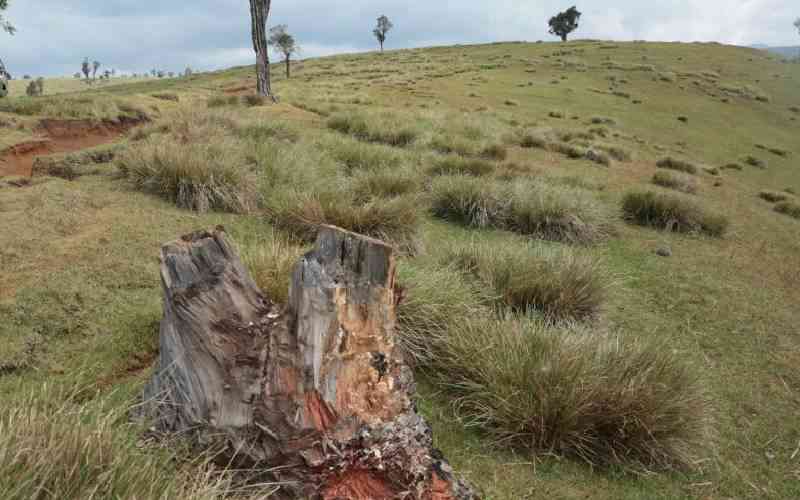
We have all heard of high-flying business executives who "perform best under pressure" and those who steal or damage property for the adrenaline thrill.
Then there are those who wait till the last minute to submit a school assignment or work project.
Last month, five billionaires aboard the Titan submarine joined a list of dozens of thrill-seekers who have died or disappeared this year amid some of the world's most deadly pursuits. Their bodies now lie 12,500 feet below sea level, with experts casting doubts about the chances for recovery. The same week, a man plummeted 4,000 feet to death on a skywalk at the Grand Canyon.
"Some sensation-seeking individuals may have adrenaline addiction," says Josephine Mwekedeli, a scientist and lifestyle consultant at Turn Back-Time Kenya.
"The body is a complex, impeccably organised piece of machinery that depends on many specialised systems to sustain life, one of which is the hormonal system," says Ms Mwekedeli.
The adrenaline hormone is mainly associated with adventure, creating feelings of peace and happiness.
"People who engage in activities such as deep diving and skydiving tend to report a lightness or a feeling of a natural 'high' that can last several days after the activity," she says. "The hormone is secreted by the adrenal glands directly into the bloodstream within two to three minutes of a stressful event or dangerous situation, preparing and facilitating the body for a 'fight or flight' response in times of crisis.
Upon its release, the heart rate, blood pressure, and breathing rate increase, senses are heightened, and muscles are prepared for exertion. Pain perception is also muted," she explains. "It is a vital survival mechanism in times of danger or stress."
- We need to demystify and destigmatise betting addiction
Keep Reading
"Some people enjoy extreme sports like ice climbing and motorcycle racing. Others participate in thrilling activities like skydiving or rock climbing. Still, others choose dangerous careers such as covering war zones or emergency rescue work."
People who purposely and repeatedly seek such experiences are called daredevils, thrill-seekers, or adrenaline junkies. However, according to Ms Mwekedeli, constant exposure to the critical and normal response to adrenalin makes it possible to develop an adrenaline addiction in some individuals.
"Adrenaline addiction often leads to compulsive participation in dangerous activities with no regard for physical, mental, legal, or financial consequences," she says. "Adrenaline addiction is a type of behavioural addiction. It is similar to gambling addiction, shopping addiction, sex addiction and exercise addiction because no external substance abuse is involved," says Ms Mwekedeli.
"It is also closely related to drugs and alcohol addictions because the driving forces are similar, including pleasure seeking."
Signs of adrenaline addiction, according to Ms Mwekedeli, are experiencing a strong urge or craving to participate in high-risk activities, and experiencing withdrawal symptoms such as restlessness and frustration when not participating in these activities.
Continuing to participate in an activity despite negative consequences such as injuries, and becoming increasingly obsessed with an activity with increasing experience is another sign.
"Adrenaline addiction may also manifest in people who like starting conversations on hotly debated issues because they love the excitement of picking a fight with others," she says. "Many of these features of adrenaline addiction are similar to substance abuse."
A study published in the National Library of Medicine revealed that rock climbers experienced withdrawal symptoms when not participating in the sport.
The withdrawal symptoms, including cravings, decreased interest in other activities, and restlessness and frustration, were comparable to those experienced by people with other behavioural and substance addictions.
Novice skydivers were low on addiction but displayed addiction behaviour the more they participated, a characteristic consistent with drug addiction where the severity grows with exposure and experience.
The dangers of adrenaline addiction, according to Mwekedeli, range from physical such as injuries, paralysis, and death.
Others are psychological, such as manipulating, lying, stealing, careless behaviour, damaging property, losing a job or missing any important event in case the last-minute rush backfires. A constant surge of hormones can also damage blood vessels, heightening the risk of heart attack and stroke, anxiety, insomnia and headaches.
"The safest way to get an adrenaline rush is participating in thrilling activities but within a safe and controlled environment. Seek professional therapy in case adrenaline addiction is affecting the quality of your life," says Ms Mwekedeli.
 The Standard Group Plc is a multi-media organization with investments in media platforms spanning newspaper print
operations, television, radio broadcasting, digital and online services. The Standard Group is recognized as a
leading multi-media house in Kenya with a key influence in matters of national and international interest.
The Standard Group Plc is a multi-media organization with investments in media platforms spanning newspaper print
operations, television, radio broadcasting, digital and online services. The Standard Group is recognized as a
leading multi-media house in Kenya with a key influence in matters of national and international interest.











